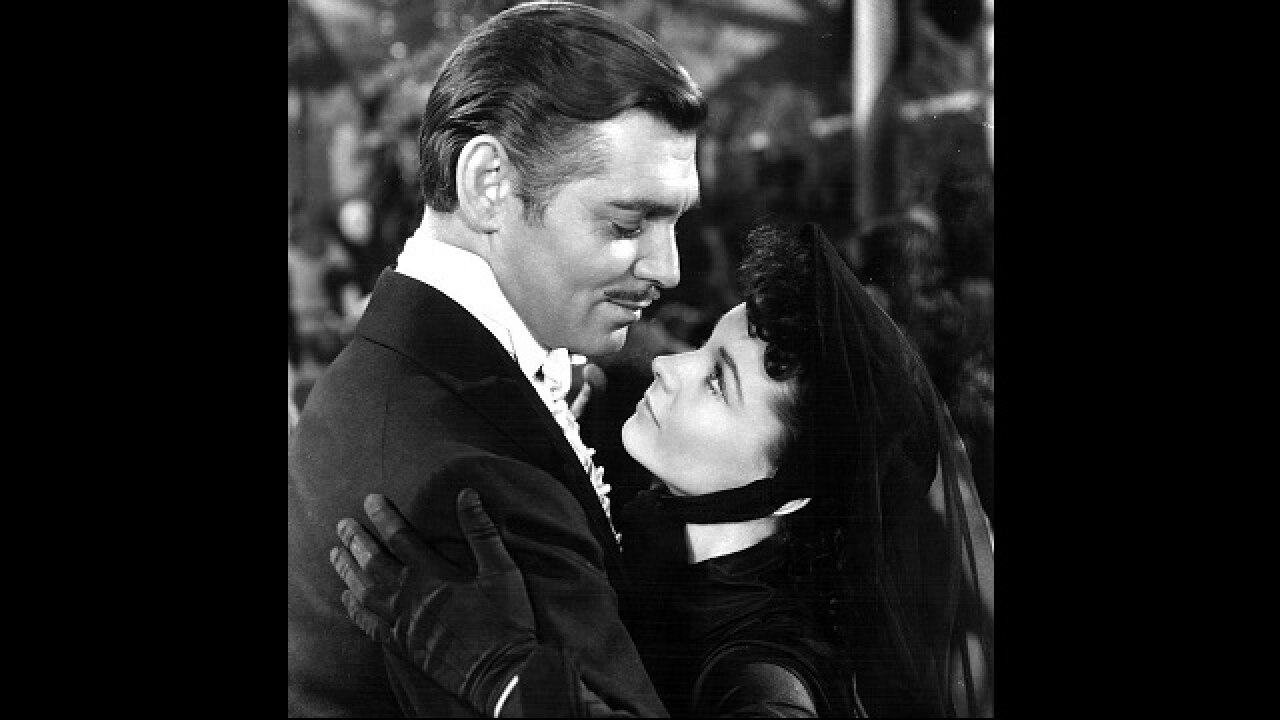
“For God’s sake, Peggy, can’t you write a book instead of reading thousands of them?” grumbled husband John Marsh as he toted a load of books for his wife who was hobbling around the home with an injured knee. He bought her a Remington typewriter and she spent the next 3 years doing just that, though without faith in her writing skills.
Peggy’s nickname came from “Pegasus”, the mythical horse of inspiration. She had written, illustrated and bound her own little books from childhood, made up skits for friends, done a newspaper column. But tremendous persuasion by a Macmillan scouting agent was needed to prise the manuscript out of her hands. Who could have imagined that the book would be a bestseller, a classic, nominated for the Nobel Prize, win the Pulitzer, and translated in 24 languages? Or that it would be regarded (erroneously) as the authentic historical account of the American Civil War and the Reconstruction of the southern confederate states?
Last week, stepping into Margaret Mitchells’ home in Atlanta, Georgia, I felt all the thrill of the girl I was when I first read Gone with the Wind, written right here by the window sill, in the tiny living room. Having survived two fires, the house is now proudly preserved as a historical site, furnished with period objects. It displays memorabilia from Mitchell’s manuscripts to mail and medals, as also photographs — including one of her Apache dance which invited social scandal for being too risque!
I see photographs with first husband Red Upshaw and best man John Marsh — who later became husband number two. Though Mitchell categorically denied drawing any character from life, fiery Red and gentle John are believed to be models for her dashing Rhett Butler and courtly Ashley Wilkes. I learn that heroine Scarlett O’Hara’s first husband could have been Mitchell’s first love, handsome Clifford Henry, mortally wounded on the battlefield.
Mitchell’s world of gallant bucks and beautiful belles, elegant manners and gracious living, spells pure enchantment. But even as we mourn the defeat of the brave southerners we know that their aristocratic lifestyle was based on slave labour. Mitchell’s heroes are also members of the white, terrorist Ku Klux Klan. The African-American slaves may have character but only those who are loyal to their white masters are depicted as good people.
The house has video clips, posters and pictures from the blockbusting film based on the book. We see milling crowds waiting for the stars at the dazzling Atlanta premiere. Mitchell talks briefly, charismatic leading man Clark Gable says the day belongs to Mitchell and Atlanta. A faded seating plan records who sat where. But the Black actors boycott the premiere, as, according to law, they were not allowed to be seated in the same row next to the white stars.
While Margaret Mitchell herself spent her wealth for community welfare, including projects for African-American medical care and education, the book sees Blacks as the servant class, ignores the brutalities and evils of slavery.
So why did the book make such an impact? We get a clue from Mitchell’s answer in an interview. “If Gone With the Wind has a central theme, I suppose it is the theme of survival. What is it that makes some people able to survive catastrophes and others go under? The survivors of the Civil War used to call that quality gumption.”
The book’s continuing success across the world is surely due to its trust in survival through horrors, a theme as relevant today as it was during the great depression when it was first released.
The author is a playwright, theatre director, musician, and journalist.